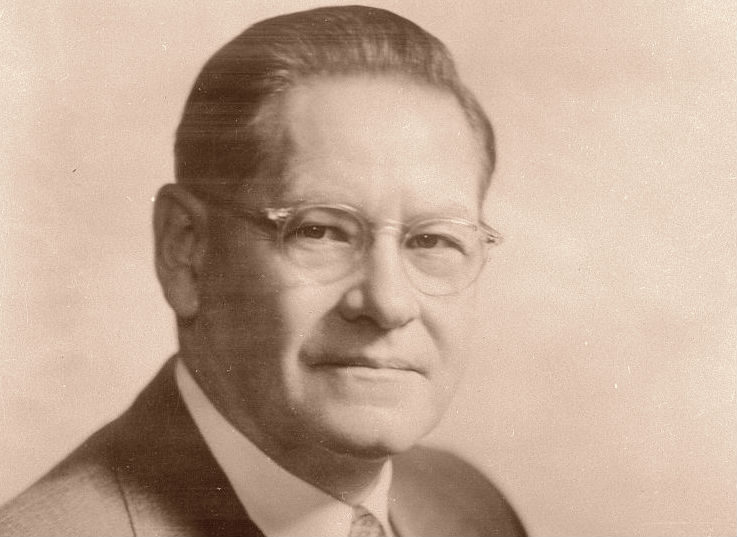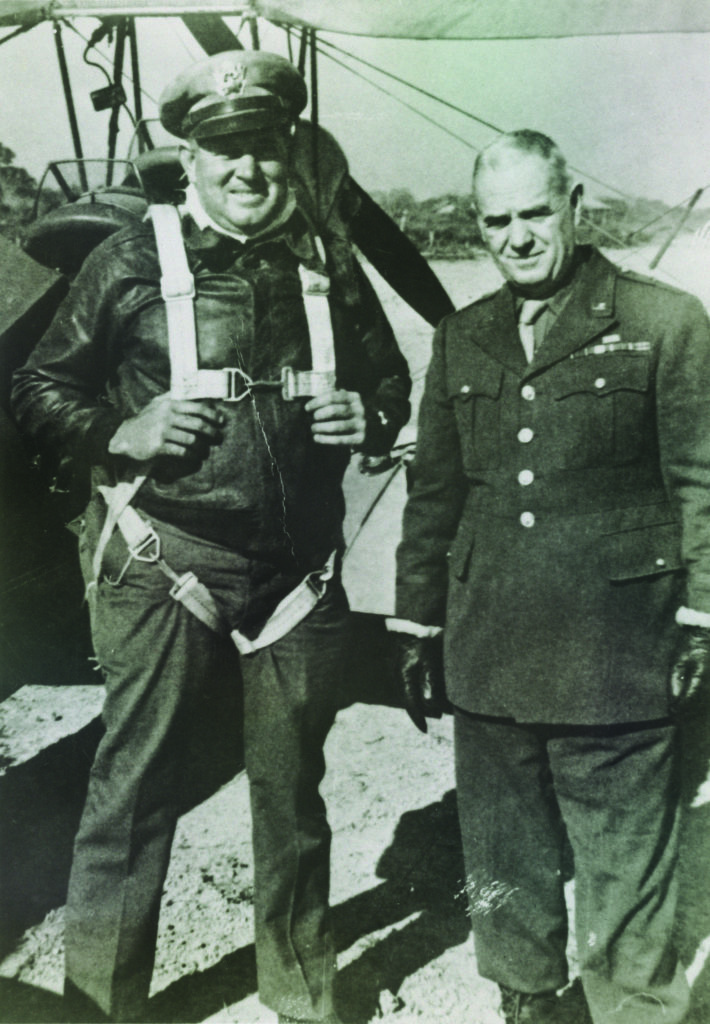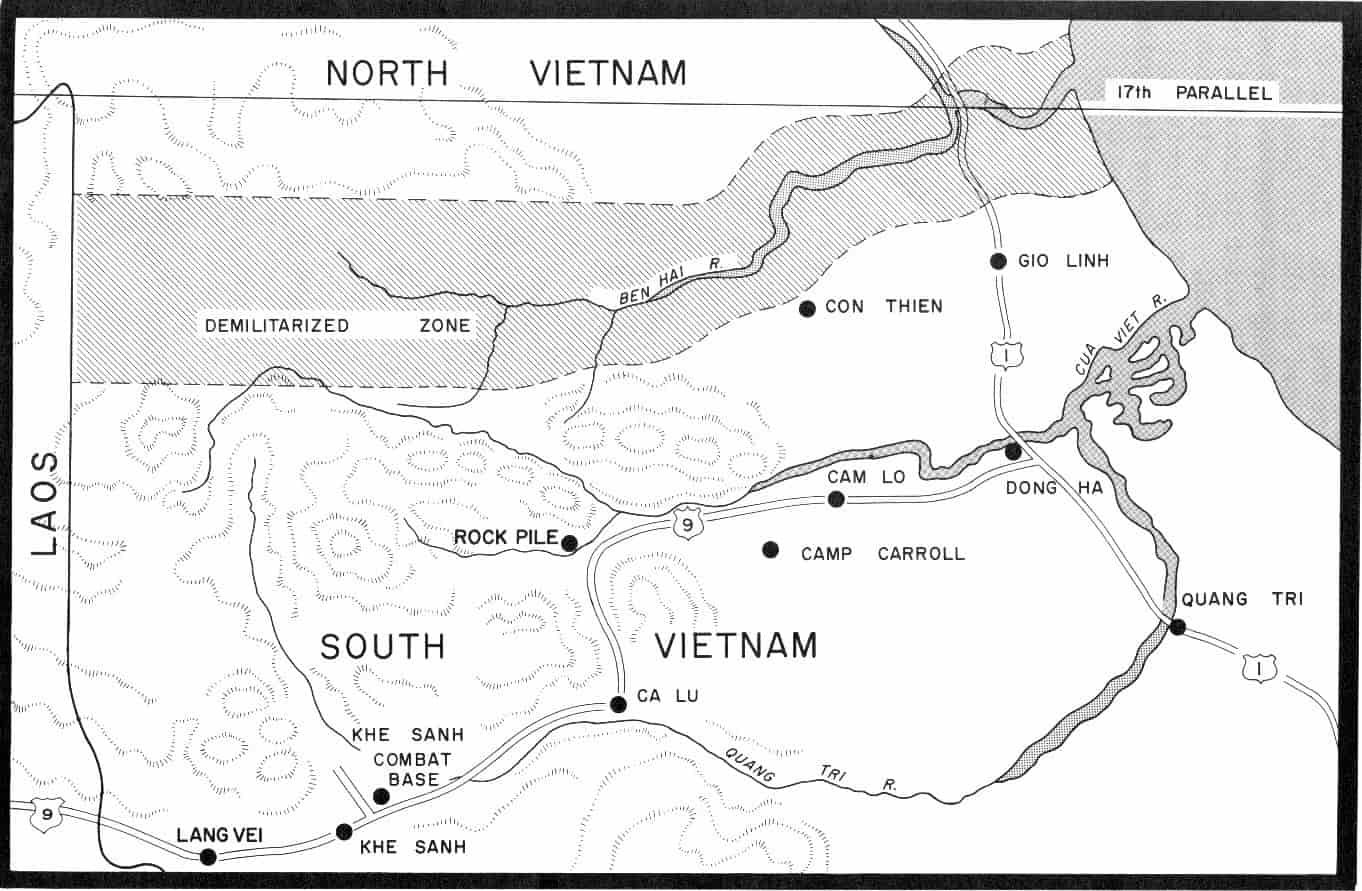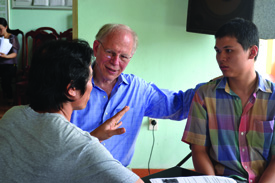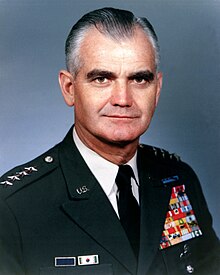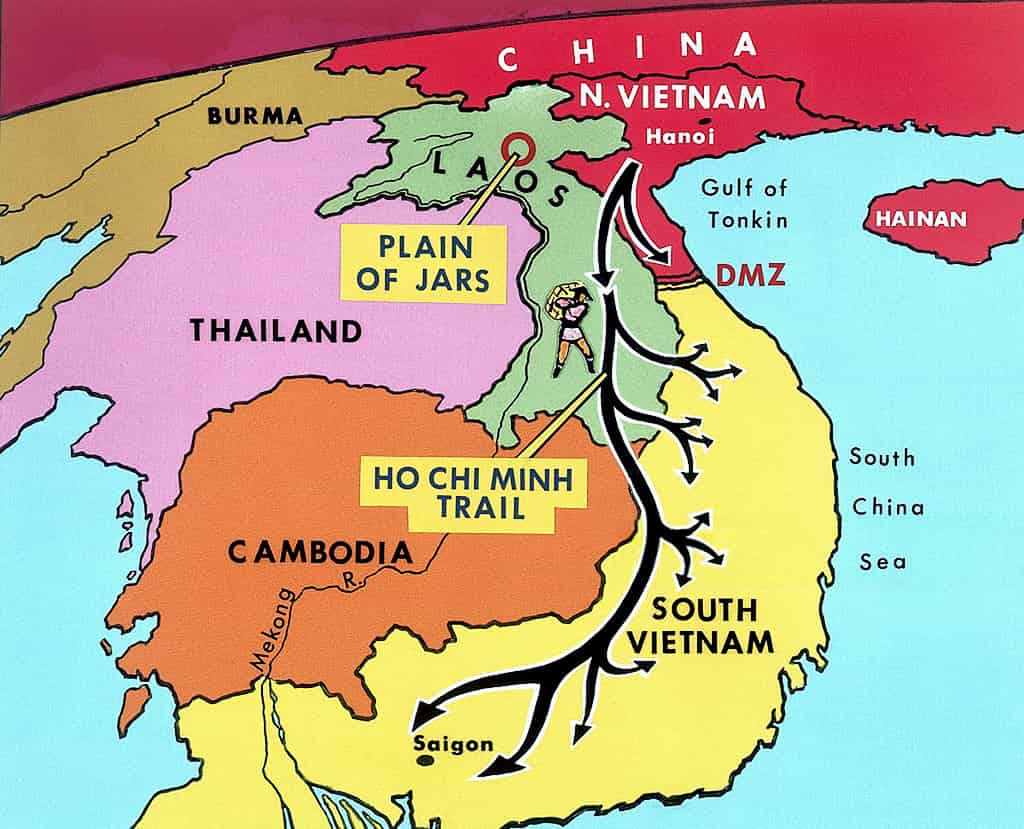:quality(70)/cloudfront-us-east-1.images.arcpublishing.com/cmg/4C3W3NRDQZABJKGVQQDV2VYSSY.jpg)
(Fort Duquesne – near Pittsburgh)
If you are a fan of Ken Follet and other practitioners of well-developed historical fiction in books that weigh a great deal then screenwriter and director John Sayles’ latest work THE RENEGADE’S JOURNEY: JAMIE MacGILLIVARY is one you should seriously consider. Sayles, the author of YELLOW EARTH and A MOMENT IN THE SUN now tackles the adventures of two fictional 18th century Scots – the main character is Jamie MacGillivary, a landless follower of Bonnie Prince Charlie, and Jenny Ferguson, a poor crofter’s daughter swept up in the avenging British against the Jacobite Rebellion. The two characters dominate and leave historical figures such as Generals George Washington, James Wolfe, Robert Monckton, James Braddock, and the Marquis de Montcalm in the background as Sayles captures the competing alliances of the mid-18th century and the horrors of war through the trials and travails of Jamie and Jenny.
Sayles frames his novel with the Battles at Culloden in Scotland and the Plains of Abraham in Quebec, Jamie and Jenny will find themselves imprisoned under demeaning conditions and sent into indentured servitude in the English colonies. From there their lives will diverge before they come together later in the novel.
However, Sayles will first engage the reader with the details of the Battle of Culloden, a nasty confrontation that saw the British rout a Jacobite* army of Highlanders, Irish, Scots in the French service and English deserters, a rather difficult group to herd together as a formidable force. The army was created to support the claims of Bonnie Prince Charlie, so named for his boyish good looks who was the grandson of the exiled English King, James II who was removed during the Glorious Revolution and was replaced by William and Mary on the English throne. His father, James III, known as the “Old Pretender” in exile and in September 1745 his son, the would be Charles IV landed with a small army on the west coast of Scotland and with 2400 men entered Edinburgh. Within two months with 5500 men, he crossed into England and headed toward London. However, on April 16, 1746, the third son of King George II, the Duke of Cumberland defeated this rag tag army at Culloden. The “Young Pretender” would escape by ship to France where he would continue to try and recover the English crown for his father and himself.
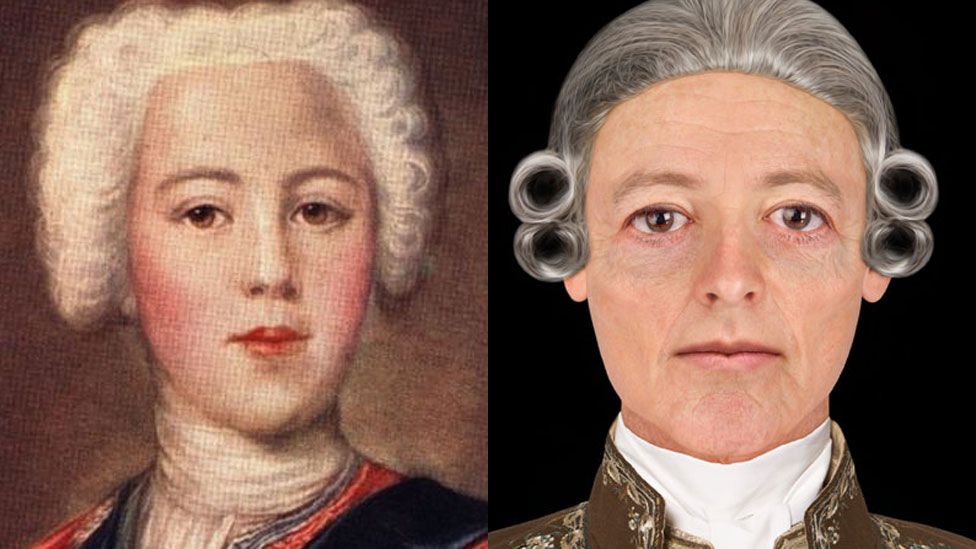
(Bonnie Prince Charlie)
The main protagonists will find themselves in desperate situations. Jamie was wounded and survived under a pile of bodies before being captured by the Redcoats, and later by Native-Americans. He would meet Jenny, who had been beaten and raped by British soldiers as they are separately sent to the English colonies. Sayles describes Jenny’s plight as she is sent to Martinique where she is purchased by a French artillery officer, Lt. St. Cyr who will take her under his wing as his lover and friend showing off a white woman in Creole society. Later, St. Cyr is ordered to Canada to fight the British, taking Jenny with him. Jamie finds himself a slave on the Georgia plantation of Jock Crozier, a nasty individual that results in Jamie and his slave cohorts escaping, only to be captured by the Lenape tribe where he is put to work. Sayles uses Jamie as a vehicle to explain the shifting alliances in Europe as Hapsburg Emperor Charles VI issues the Pragmatic Sanction to gain support for his daughter, Maria Theresa, to succeed him on the throne. At first, Frederick the Great of Prussia agrees then conquers Silesia, and the result is the beginning of the Seven Years War in Europe in 1756, a continuation of the French and Indian War in the colonies between France and England that began in 1754. The situation lends itself to Sayles’ entertaining phrasing as Native-Americans describe negotiations in Europe as “old men wearing other men’s hair while they dicker over a treaty across the great water.” (328) The key in the colonies is the Ohio Valley which the French and English desire for the Fur trade and military outposts. As English colonists in Pennsylvania and Virginia want to move west this presents the French with the opportunity to ally with Native tribes.

In telling his story Sayles has the marvelous ability to create scenes whereby it feels as if the reader has an intimate relationship with the main characters. His description of the Atlantic passage and enslavement in the Caribbean and the English colonies mirrors the historical record. It is clear that Sayles has engaged in prodigious research and travel to the sites he has written about which allow him to convey intimate details of battle, treatment of prisoners, life on a plantation, interacting with Native tribes, and how his characters experience misfortune and at times luck as Jamie realizes how lucky he is to be alive as he states, “a French invasion scuttled by storms at sea, a bullet made to cripple or kill him only passes through his flesh, the whim of a bewigged magistrate on the day before hanging – all seems more accident than design.” (243
Sayles creates a series of characters, but there are a number who are key to the story. Apart from Jamie and Jenny there is Macheod Lachlan, a bard whose mission in life is to amuse his clan brethren. His goal in life is to entertain all who come in contact with him. There is Keach, an evangelical Christian who spots the glories of God as he tries to convert everyone. Jamie’s brother Dougal, thought dead at Culloden, miraculously survives, and Ange, who develops a loving relationship with Jamie. Numerous characters come and go. Some disappear for hundreds of pages then all of a sudden reemerge.
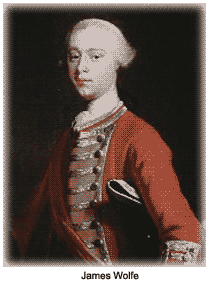
(British Major-General James Wolfe)
Jamie must have passed through an identity crisis as at the outset of the novel he is portrayed as a Highland Scotsman fighting with the French against the British. He is captured and sold as a slave in Georgia. Later he is taken in by the Lenape Indians whose tribe he will eventually become a trusted member. Jamie’s life mirrors the wars that are described throughout. First, the British and French fight in Scotland. Then the fighting moves on to the Ohio Valley in the American colonies. As the fighting shifts across the Atlantic, both powers try to convince various Indian tribes to join their crusades. White settlers are seen by Native-Americans as squatters stealing Indian land resulting in extreme violence. Lastly, the French and British find themselves fighting different Indian tribes. As Sayles describes the many conflicts we witness guerilla and conventional warfare which at times produces modern weaponry such as long range artillery.
As the novel follows Jamie and Jenny through servitude, revolt, escape, and romantic entanglements — pawns in a deadly game other historical figures of the era appear – the devious Lord Lovat, future novelist Henry Fielding, the artist William Hogarth, a young and ambitious George Washington, the doomed General James Wolfe, and the Lenape chief feared throughout the Ohio Valley as Shingas the Terrible.
Sayles is an excellent wordsmith; however, it does take time to adapt to the Erse, a Scottish or Irish Gaelic language as well as the French phrasing which appears regularly. Sayles does this to create authenticity, but at times it detracts from the reading experience and makes it difficult at times to follow what is occurring.
*Jacobite’s were the supporters of James VII of Scotland and II of England. Jacobus is Latin for James.

(Fort Duquesne – near Pittsburgh)



